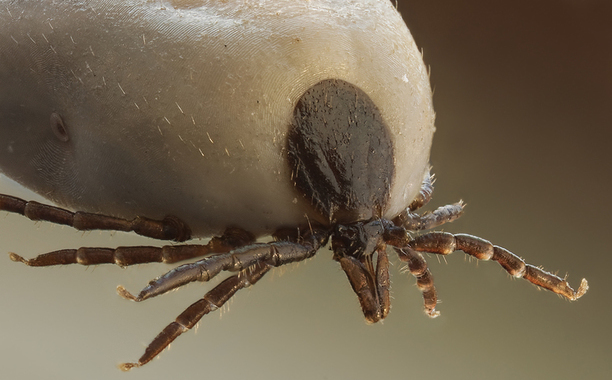Each year in the United States there are over 20,000 confirmed cases of Lyme disease, a painful but treatable trick-borne illness. But now, experts are warning of a more potent and possibly fatal tick-borne illness called Powassan virus, most commonly found in the same tick host as the Lyme disease.
[quote text_size=”small” author=”–Dr. Theodore Andreadis” author_title=”Director of The Connecticut Agricultural Experiment”]
Within two to three hours of being bitten by a tick infected with Powassan virus, a person may develop headaches, nausea, muscle weakness, vomiting, memory loss and speech difficulty. While people with Lyme disease develop lesions and a rash, those who get Powassan virus do not. In severe cases, the Powassan virus can infiltrate the central nervous system, causing inflammation in the brain and spine, and leading to encephalitis meningitis.
[/quote]
Researchers with the Connecticut Agricultural Experiment Station said the Powassan virus is starting to show up in Bridgeport and Branford, according to CBS New York.
The Powassan virus is found in 2 to 3 percent of ixodes scapularis, a tick that is primary host of Lyme disease, while Lyme disease is found in 30 to 40 percent of them. Unlike Lyme disease that can take a couple of days to infect the person bitten, Powassan virus only needs a couple of hours.
Unlike Lyme disease and another tick-borne illness such as malaria-like Babesiosis, Powassan virus cannot be treated by antibiotics. People who are infected with the virus have only supportive care available and it is thought that the virus is fatal 10 percent of the time, said Andreadis to Fox News.
The Powassan virus was first identified in 1958, and ever since there have been 70 human cases reported. In 2013, there were 12 confirmed human Powassan virus cases in the United States.
Andreadis advised campers, hikers and anyone going into the woods with low-lying brush to wear long pants and tuck them into their socks which can prevent ticks from coming into direct contact with skin and easier to spot. “After leaving the area you should examine yourself very closely as ticks are bound to attach around the waist, behind the kness or even below your hairline” added Andreadis.
Last year in December, Kansas farmed died from Bourbon virus after being bitten by a tick. More on this story here.
























